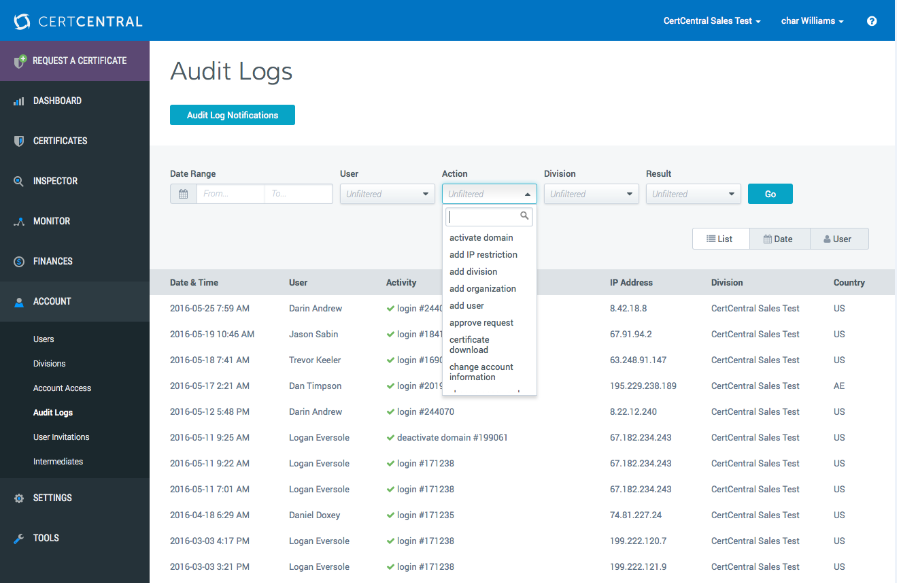

Now fille the Audit Auction types as “Failed Login Group” and “Successful_Login_Group” and click ok.Provide appropriate name and from Audit drop down select LoginAudit.Now, Right Click on Server Audit Specification and Select new Server Audit Specification.Right-click newly created Audit and Select enable.Provide Audit name and select location where Audit files will be saved.Connect instance in management studio, under Security Dropdown, Select Audits.SQL Server auditing is easy to set up and can enable it to audit login attempts from SQL Server 2008. Keep your login as an active login to the server. If you have logged into the server to start the trace make sure you do not log off or the trace will be stopped. To set up this monitoring, there is no need to restart SQL Server Services. Choose “Audit Login” and “Audit Login Failed” and once done click on run.Select the location where you want to put your trace file and then Go to tab Event Selection at the top.Now select save to file and save it as an SQL table by selecting the save to table option.Connect to correct SQL Server instance and Change trace file name.Alternatively, login to server All programs, navigate to SQL ServerPerformance Tools, and then to SQL Server Profiler.Open Profiler from SQL Server Management Studio, navigate to Tools and then to SQL Server Profiler.We can set up a trace from the same server or a different server to audit all the login attempts to SQL Server and save it safely in a file. SQL Server 2000 uses the same event ID for both, making it impossible to determine if the event signifies success or failure without looking at the event details. Successful logins for SQL Server 20 will have an event ID of 18454 and failed logins will have an event ID of 18456. If you look in this event log, you will be looking for events with a source of MSSQLSERVER or MSSQL$. To view the Application event log, expand System Tools, and then Event Viewer. Likewise, to search the current error log and only return failed logins we can use the following command:ĮXEC sp_readerrorlog 0, 1, ‘Login failed’Īlternatively, with log management software, we could obtain these details from the Application event log for the operating system.

For instance, to see the contents of the 3rd log we would pass a parameter of 2 as shown below: To dump the results of the error log to a recordset, use:Īn integer parameter can be given to the extended stored procedure to read the older SQL server log. We can use the extended stored procedure in T-SQL, xp_readerrorlog to view the contents of the SQL Server log. The results of the audit information are recorded in the SQL Server log.

None : Neither successful nor failed logins will be audited.While selecting the options for login auditing, there are four options available. When the choice is made, click the OK button.Click on the Security page which will bring you to where you can set the login auditing.Choose the Properties option from the pop-up menu.First, connect to the SQL Server in Object Explorer.The first method to turn auditing on is by using SQL Server Management Studio. Let us now look at each of the methods in detail.

There are different methods available to audit the logins in SQL server. SQL Server permits the auditing of both login successes and failures. However, to perform an investigation on an event that happened in the past, we will require these details from a particular time frame. To obtain the login details of a particular database in real-time is an easy task. Let us today discuss the possible steps to audit failed logins in SQL server. Auditing failed logins in the SQL server at times is important to analyze the events that happened in the past.Īs a part of our Server Management Services, we help our customers to perform complex SQL related tasks regularly.


 0 kommentar(er)
0 kommentar(er)
